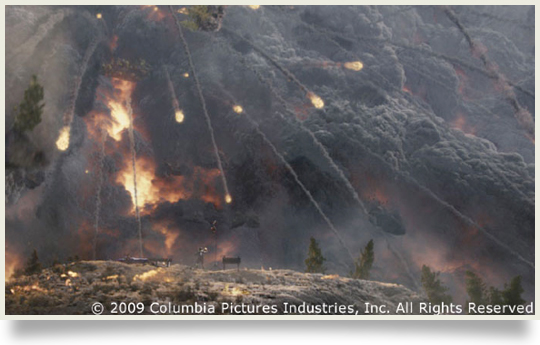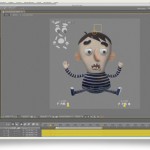Magnus Wrenninge posts this past Siggraph’s Volumetric Methods in Visual Effects course. Magnus covers the volumetric tools used at Sony Pictures Imageworks, Dreamworks, Rhythm & Hues, Double Negative – pretty cool!
Course Description: Computer generated volumetric elements such as clouds, fire, and whitewater, are becoming commonplace in movie production. The goal of this course is to familiarize attendees with the technology behind these effects. In addition to learning the basics of the technology, attendees will also be exposed to the rationales behind the sometimes drastically different development choices taken and solutions employed by the presenters, who have experience with and have authored proprietary and commercial volumetrics tools.
The course begins with a quick introduction to generating and rendering volumes. We then present a production usable volumetrics toolkit, focusing on the feature set and why those features are desirable. Finally we present the specific tools developed at Double Negative, DreamWorks, Sony Imageworks, Rhythm & Hues, and Side Effects Software. The production system presentations will delve into development history, how the tools are used by artists, and the strengths and weaknesses of the software. Specific focus will be given to the approaches taken in tackling efficient data structures, shading architecture, multithreading/parallelization, holdouts, and motion blurring.
Magnus Wrenninge has posted this years Siggraph Volumetrics Course on his website. This covers the volumetric tools used at Sony Pictures Imageworks, Dreamworks Animation, Rhythm and Hues, Double Negative and used in SideFX Houdini. It includes details about modelling, simulating and rendering volumes. It also covers the FELT volumtric scripting language and SELMA (SEmi-LAgrangian MApping) used at Rhythm and Hues, Field3d and Svea at Imageworks, and the DNB volumetric renderer at Double Negative.


